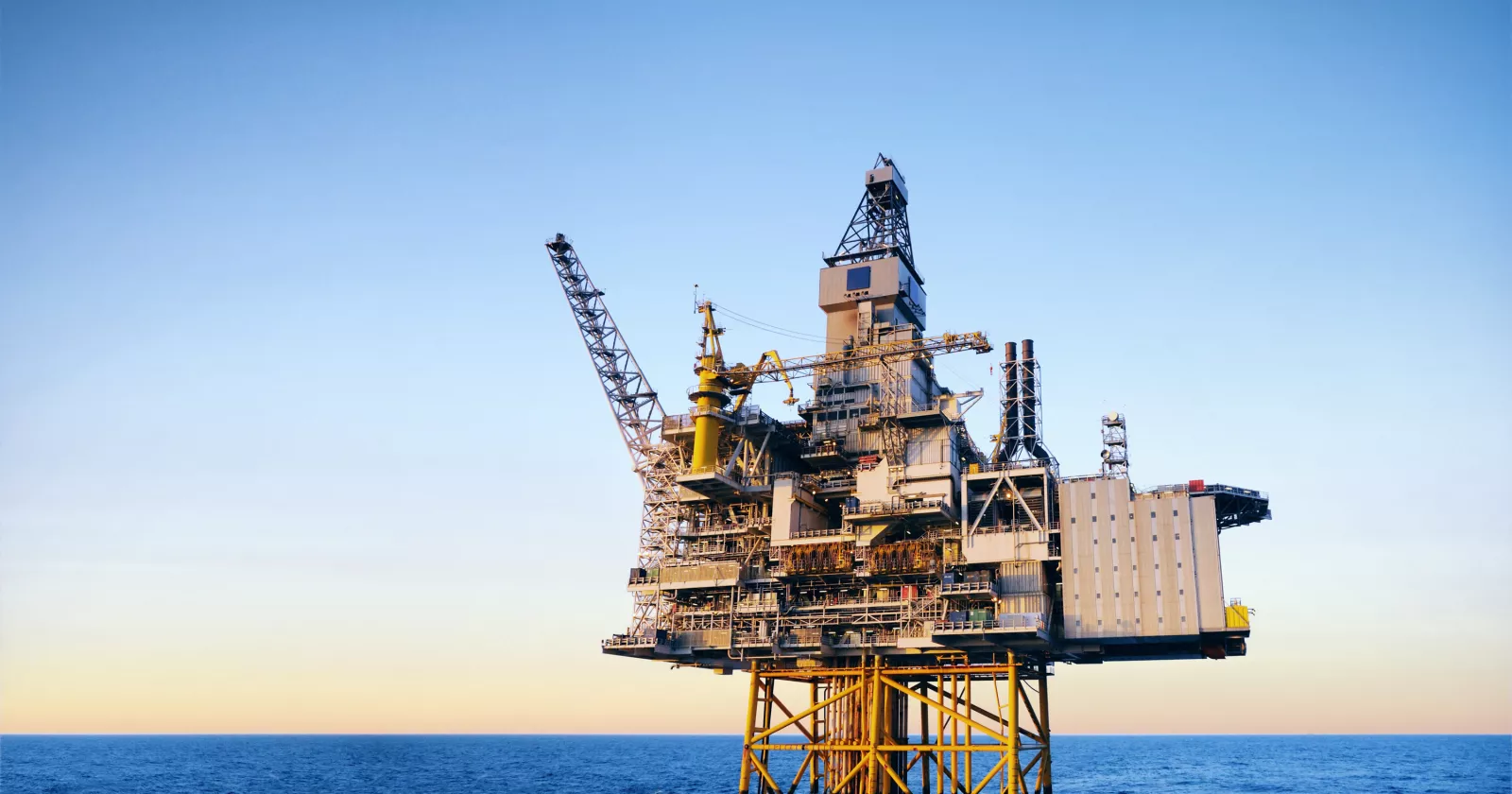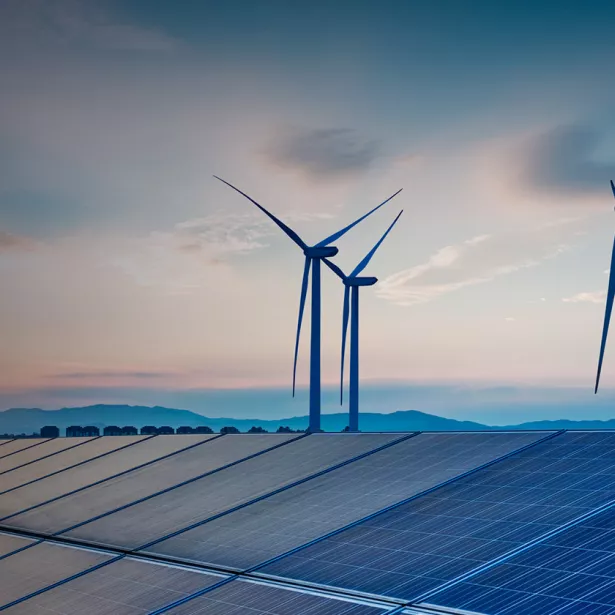
The Challenge
Carbon sequestration offers a promising method of reducing atmospheric carbon to slow global climate change. The proper design and function of carbon injection wells — used to store carbon dioxide underground — is central to this endeavor. Subsea carbon sequestration is a relatively new technology. How do you assess risk for a project with little historical data to fall back on?
EXPONENT's Multidisciplinary Solution
Teams of Exponent engineers evaluated tubing particulate erosion due to entrained sand and fines; examined stress, fracture, and fatigue of the injection tubing; and studied flow-induced tubing vibration.
Exponent's Impact
Through the analyses described above, Exponent helped our client identify key risks to their design, priorities for mitigation, and areas that require further investigation. Critically, our investigation into the integrity of our client's injection well revealed a gap in industry knowledge relative to how vibration could impact the integrity of the well over time, resulting in the need for further analysis. Exponent's work in this area is supporting the development of carbon sequestration as a viable technology for addressing climate change.
What Can We Help You Solve?
Exponent's multidisciplinary pipeline experts — including metallurgists, geologists, and materials, corrosion, mechanical, and thermal specialists — partner with pipeline operators to understand integrity management assessment methods, limitations, and the overall process for optimizing asset safety.
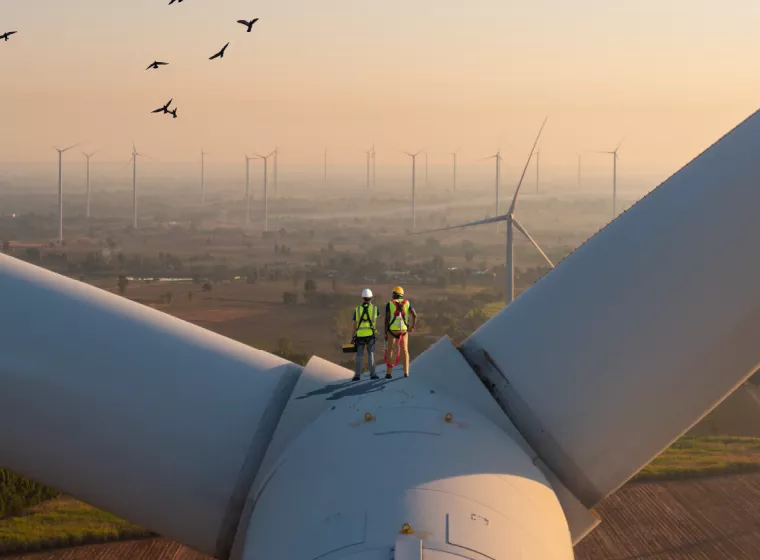
Sustainability & Climate Change
Scientific and engineering insights to improve and quantify sustainability practices and secure vital resources and assets.
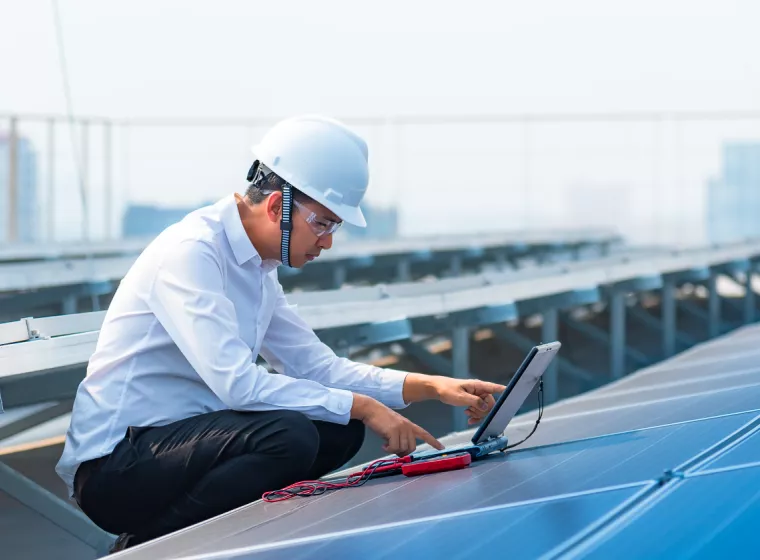
Renewable Energy
Renewable energy consulting services and stewardship to address your complex project challenges, from assessment and implementation to execution.
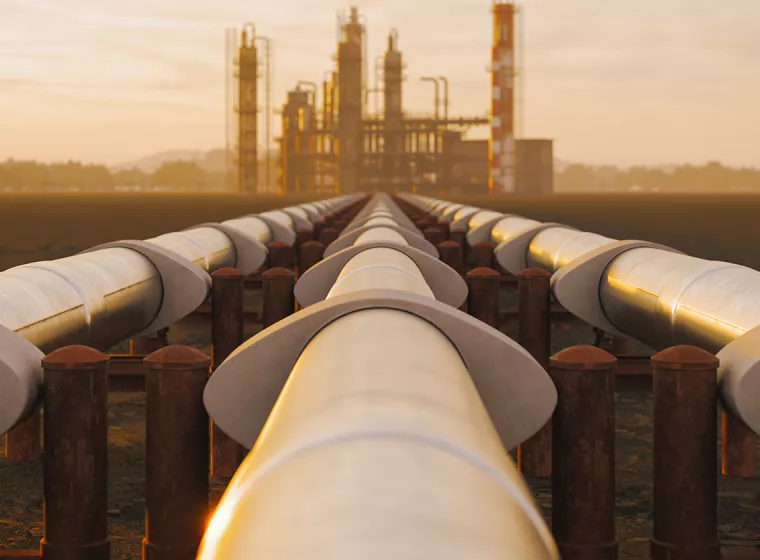
Oil & Gas Pipelines
Multidisciplinary support for oil and gas pipeline challenges at every point in your asset lifecycle.
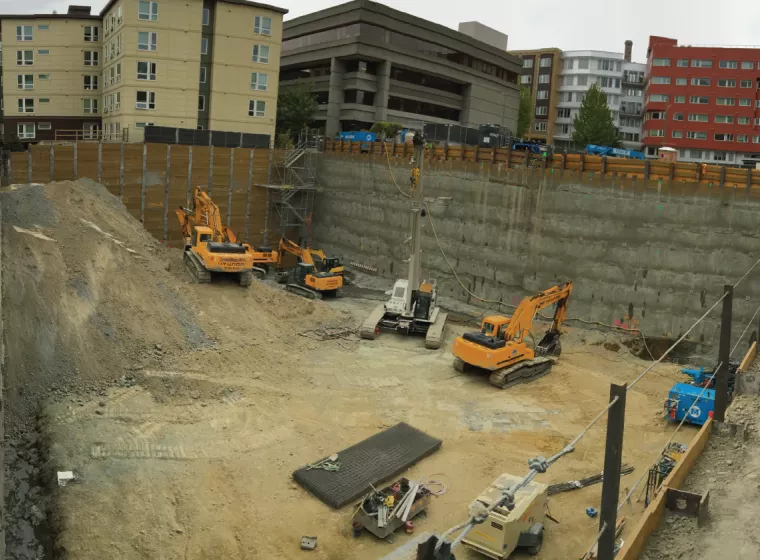
Deep Excavation & Urban Construction
Assess and mitigate deep excavation risks with experienced, multidisciplinary expertise.
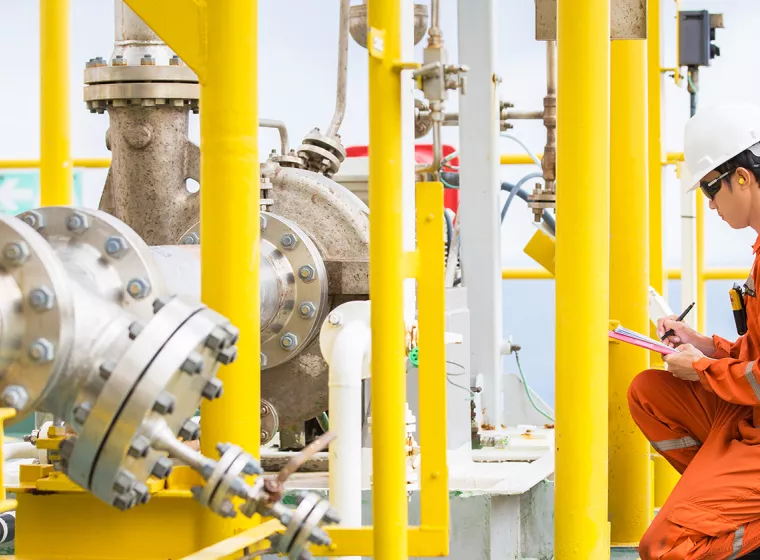
Metallurgical & Corrosion Engineering
Valuable insights for your most formidable metallurgical and corrosion engineering challenges.
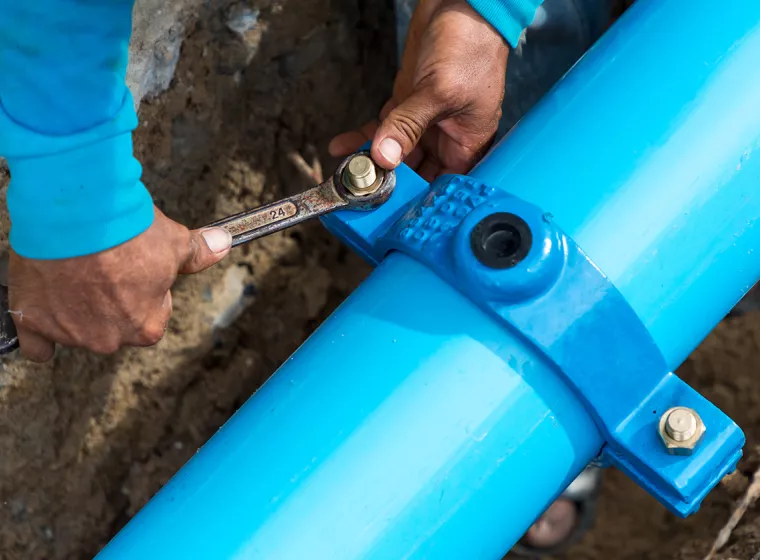
Pipeline & Process Piping
Mechanical engineering expertise for pipeline construction, pipe corrosion, pipeline integrity management, and pipeline failure analysis.
